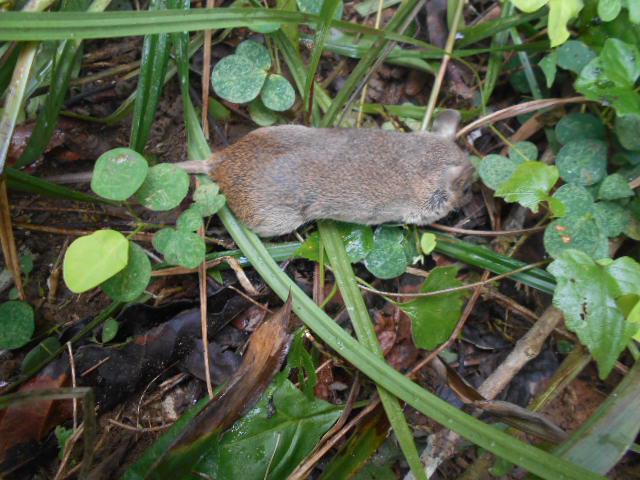Ahissa Laurent
Other projects
25 Aug 2020
Abundance, Distribution and Conservation of the Critically Endangered Wimmer’s Shrew (Crocidura wimmeri) in the Banco National Park, Côte D’Ivoire
The Tanoé-Ehy swampy forest is home to several species of mammals and plants on the IUCN Red List of Threatened Species. Despite this exceptional biological diversity, this forest is subject to strong human pressure such as poaching, logging and plantations. The overall goal of this work is to help safeguard this forest and small mammal conservation. The new environment created by perennial crops on the periphery of FMTE deserves to be investigated in order to evaluate the current situation and to carry out predictive simulations. The "small mammals" model is well suited to the context because of its sensitivity.This project presents two main focus points: The first concerns the collection of data on small mammals in general with a particular focus on the species Hylomyscus baeri (EN). The second concerns the involvement of the local population in the conservation of local species of small mammals.

Value of the project:
FMTE is home to several species of mammals and plants on the IUCN Red List of Threatened Species. Despite this exceptional biological diversity, this forest is subject to strong human pressure. Our project presents two main focus points. First, concerns the collection of data on small mammals in general with a particular focus on the species Hylomyscus baeri (EN). These datas will form the basis of the design of an action plan for the conservation of Hylomyscus baeri, endangered species. Second, concerns the involvement of the local population in the conservation of local species of small mammals and their habitat. The campaigns aim to drastically reduce the pressure of the local population on the FMTE, the only relic forest where still lives Hylomyscus baeri (EN) in Côte d'Ivoire.
Activities and method:
The characterization of habitats consists in making phytosociological inventories of the different types of habitat, the landscape description and finally taking the geographical coordinates of the plots.
-Sampling of small mammals - Capture-mark-recapture method will be used to determine the population size. In each habitat type chosen, a parcel of 50 m x 50 m will be considered. The parcels will be explored during the rainy season and the dry season. In each plot, we will put 50 Sherman trap. Oil palm seeds and cassava chips will form the bulk of our bait to attract small mammals to traps. For each type of habitat, the 50-meter-long pitfall line will have 10 buckets. The trapping session will last nine days. Two days for trap placement and seven consecutive days for small mammal capture in each plot Traps will be visited in the morning around 9:00 am.
-The individuals obtained will be identified in the field on the basis of external morphometric data. Well-identified individuals will be released at the capture sites and individuals with problematic identification will be transported to the
Laboratory for craniometric or even molecular studies in a museum.
- An awareness and environmental education campaign will be carried out among the populations surrounding the FMTE.
Expected outcome:
At the end of this study, the diversity and abundance of FMTE reserve small mammals are known; Populations are sensitized on the value of conserving small mammals in general and Hylomyscus baeri in particular.